The world of obstacle course racing has seen countless innovations over the years, but few elements capture the imagination—and dread—of participants quite like the water pit. Whether it’s the infamous "Arctic Enema" in Tough Mudder or the knee-deep sludge runs in Spartan races, water obstacles have become a defining feature of modern OCR events. These challenges aren’t just about getting wet; they’re designed to test mental resilience as much as physical endurance. The moment a runner approaches a murky pool of unknown depth, the psychological battle begins.
Water obstacles come in many forms, from shallow trenches to deep, swimming-required pits. Race organizers often use them as strategic breaking points within courses, knowing that cold water shocks the system and saps energy. The science behind this is straightforward: immersion in cold water causes vasoconstriction, diverting blood flow to vital organs and making muscles work harder. This physiological response explains why athletes suddenly feel like they’re moving through molasses after plunging into a race’s water feature.
What makes water obstacles particularly brutal is their placement. You’ll rarely find them at the starting line. Instead, designers position them after grueling uphill climbs or between exhausting strength sections. This timing isn’t accidental—it amplifies the challenge when competitors are already fatigued. The combination of exhausted limbs and sudden temperature change creates a perfect storm of difficulty that separates casual participants from serious contenders.
The evolution of water obstacles mirrors the growth of obstacle course racing itself. Early events might have featured simple mud pits, but today’s designs incorporate complex elements like floating walls, submerged tunnels, and even electrified wires dangling above the water. Each innovation serves to increase the mental hurdle—participants must conquer fear of the unknown while physically pushing through exhaustion. This dual challenge explains why finisher photos so often show equal parts triumph and relief when athletes emerge from these watery gauntlets.
Beyond physical demands, water obstacles create unique camaraderie among racers. Unlike dry obstacles where athletes might compete individually, water features often see strangers helping each other through the challenge. There’s something about shared suffering in cold, murky water that breaks down social barriers. Many participants report that bonds formed while struggling through a water obstacle last long after the race medals have been packed away.
Race organizers pay meticulous attention to water obstacle safety, though the hazards are real. Hypothermia risks in cold climates, bacterial concerns in stagnant water, and the potential for collisions in crowded pools all require careful management. Modern events employ safety divers, temperature monitoring, and water quality testing to mitigate these dangers. Yet part of the appeal lies in the controlled risk—the knowledge that you’re facing a genuine challenge, not a sanitized theme park attraction.
The psychology behind water obstacles fascinates researchers. Studies have shown that the anticipation of cold water immersion triggers stress responses similar to public speaking anxiety. This makes conquering these obstacles particularly rewarding from a mental health perspective. Many participants describe a profound sense of accomplishment after pushing through what initially seemed impossible. The water, in this sense, becomes more than an obstacle—it’s a metaphor for life’s challenges that can be overcome with perseverance.
Looking ahead, water obstacles continue to evolve. Some races now incorporate heated pools for winter events, while others experiment with dynamic features like wave machines or color-changing dyes that alter the visual challenge. The constant innovation ensures that even veteran racers face new tests each season. One thing remains certain: as long as obstacle course racing exists, water will play a central role in separating the determined from the defeated.
For spectators, water obstacles provide some of the most dramatic moments in any race. The range of human emotions—from hesitation to determination, struggle to triumph—plays out visibly as each participant confronts the challenge. Photographers love these sections because they capture raw, unfiltered reactions. Meanwhile, the sidelines often erupt with encouragement as onlookers will strangers through the obstacle, creating an electric atmosphere unique to OCR events.
Training for water obstacles requires specialized preparation beyond standard running workouts. Athletes focus on cold exposure adaptation, practicing in chilly lakes or ending showers with cold bursts. Grip strength becomes crucial for obstacles with wet holds, while swimming skills offer advantages in deeper pits. Perhaps most importantly, mental rehearsals help competitors overcome the instinctive panic that cold water immersion can trigger. This multifaceted preparation highlights how water obstacles demand more than just physical toughness.
The cultural impact of these challenges extends beyond racing. Corporate team-building events now incorporate scaled-down water obstacles, recognizing their power to break down hierarchies and foster collaboration. Military training programs have long used similar techniques, proving the concept’s effectiveness for building unit cohesion. Even children’s adventure parks have adopted safer versions, introducing younger generations to the thrill of overcoming watery challenges.
Environmental considerations are shaping water obstacle design as well. Forward-thinking race organizers now use biodegradable dyes, natural filtration systems, and temporary water features that leave no trace after events. Some even partner with local firefighters to repurpose used obstacle water for firefighting training or agricultural irrigation. These sustainable approaches ensure that the sport’s growth doesn’t come at an ecological cost.
Nutrition and hydration strategies shift dramatically when water obstacles enter the equation. Athletes must account for the body’s increased energy expenditure in cold water, often consuming extra calories before anticipated immersions. Electrolyte management becomes crucial as wet conditions accelerate mineral loss through sweat. The best racers tailor their entire race plan around these watery sections, knowing they’ll need reserves to power through the thermal shocks.
Technology has begun influencing water obstacle design in unexpected ways. Computer simulations help optimize wave patterns in artificial pools, while waterproof fitness trackers provide real-time data on athletes’ physiological responses. Some elite racers now use special hydrophobic coatings on their shoes to maintain traction when emerging from water. Yet despite these advancements, the fundamental challenge remains refreshingly low-tech: human versus element.
The future may see even more dramatic water obstacle innovations. Concept designs include floating obstacle courses on open water, tidal-influenced challenges that change with ocean currents, and augmented reality elements that alter participants’ perception of underwater features. Whatever form they take, water obstacles will continue serving as the ultimate equalizer in races—a challenge where elite athletes and weekend warriors alike must confront the same primal elements.
At its core, the enduring appeal of water obstacles lies in their simplicity. They strip away modern comforts and return participants to essential struggles—against cold, against fatigue, against self-doubt. In a world of climate-controlled environments and predictable workouts, these chaotic, messy challenges offer something rare and valuable. They remind us that growth happens outside comfort zones, and sometimes, you need to get uncomfortably wet to discover what you’re truly capable of achieving.

By Rebecca Stewart/May 8, 2025
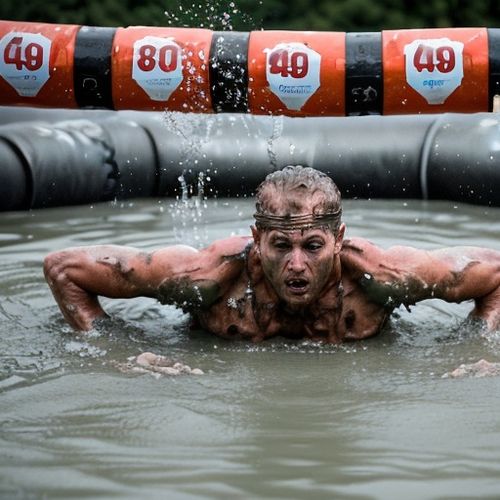
By Rebecca Stewart/May 8, 2025

By Joshua Howard/May 8, 2025

By Lily Simpson/May 8, 2025

By Victoria Gonzalez/May 8, 2025

By Christopher Harris/May 8, 2025

By Ryan Martin/May 8, 2025

By Megan Clark/May 8, 2025
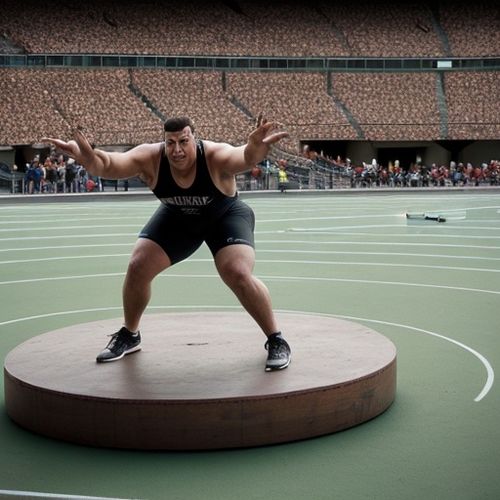
By Samuel Cooper/May 8, 2025

By Noah Bell/May 8, 2025

By David Anderson/May 8, 2025

By Megan Clark/May 8, 2025
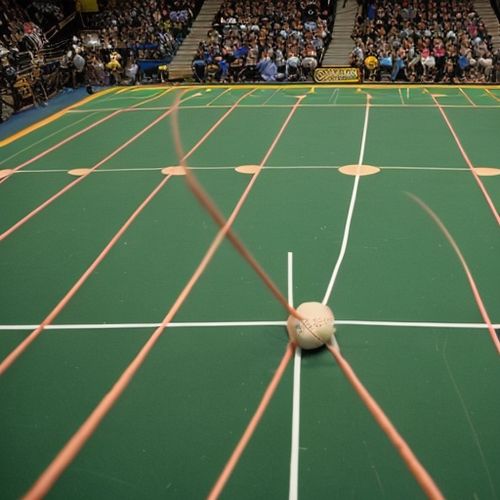
By William Miller/May 8, 2025

By William Miller/May 8, 2025

By Emily Johnson/May 8, 2025
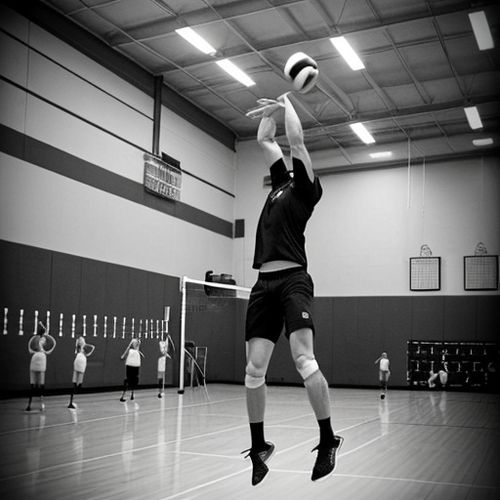
By Ryan Martin/May 8, 2025
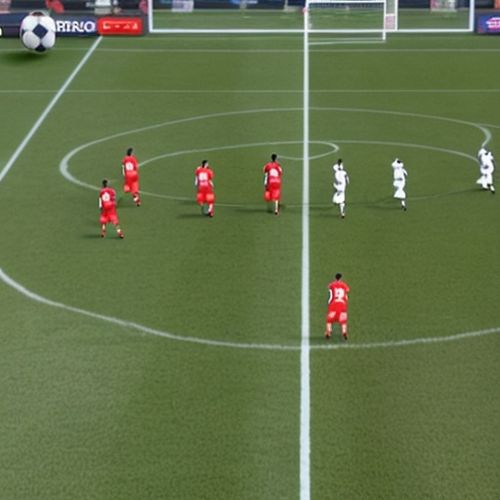
By Laura Wilson/May 8, 2025

By Eric Ward/May 8, 2025

By Joshua Howard/May 8, 2025

By Natalie Campbell/Apr 9, 2025